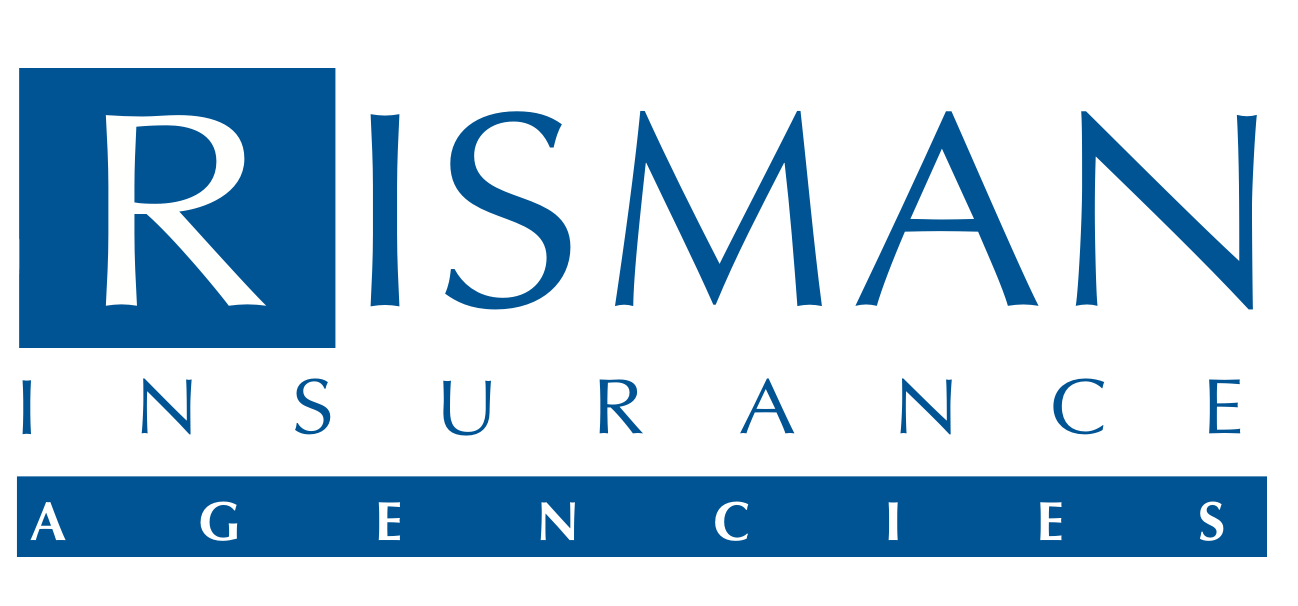As winter approaches, homeowners often face a common and potentially costly issue – ice dams. Ice dams can wreak havoc on your roof and cause damage to your home if not addressed promptly. At Risman Insurance, we understand the importance of protecting your investment. In this blog post, we’ll discuss what ice dams are, the damage they can cause, and most importantly, how to prevent them.
What are Ice Dams?
Ice dams are ridges of ice that form at the edge of a roof, preventing melting snow and ice from draining properly. The trapped water can then back up and seep into your home, causing damage to walls, ceilings, insulation, and more. The primary factors that contribute to the formation of ice dams include inadequate insulation, poor ventilation, and fluctuating temperatures.
Damage Caused by Ice Dams:
- Roof Damage: The weight of the ice dams can lead to roof damage, including the potential for collapsed or sagging roofs.
- Water Damage: As the ice dams block the natural flow of water, it can seep into your home, causing damage to ceilings, walls, and insulation.
- Mold Growth: The moisture from the water damage can create an ideal environment for mold growth, posing health risks to you and your family.
- Energy Loss: Inadequate insulation and ventilation, common contributors to ice dams, can result in increased energy bills as warm air escapes, making your heating system work harder.
Preventing Ice Dams:
- Insulation and Ventilation: Ensure your attic is properly insulated and ventilated. Adequate insulation helps to keep the roof cold, preventing snow from melting, while proper ventilation allows warm air to escape, minimizing the chances of ice dam formation.
- Seal Gaps and Leaks: Identify and seal any gaps or leaks in your attic and roof. This prevents warm air from escaping and reaching the roof, reducing the risk of ice dam formation.
- Rake Snow Off the Roof: Using a roof rake, safely remove snow from the lower portion of your roof after heavy snowfall. This helps prevent the build-up of snow and ice at the roof’s edge.
- Install Ice and Water Shield: Consider installing an ice and water shield along the eaves of your roof during construction or when re-roofing. This membrane provides an additional layer of protection against water penetration.
- Clean Gutters Regularly: Ensure that gutters and downspouts are clear of debris to allow proper drainage. Clogged gutters contribute to the formation of ice dams.
Protecting your home from ice dams requires proactive measures and regular maintenance. By addressing insulation, ventilation, and other contributing factors, you can minimize the risk of ice dams and the potential damage they can cause. At Risman Insurance, we encourage homeowners to take these preventive steps to safeguard their homes and investments during the winter months. If you have any questions or concerns about your home insurance coverage, don’t hesitate to reach out to our experienced team for assistance. Stay warm, stay safe!

Recent Comments